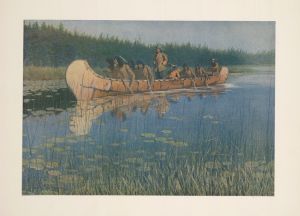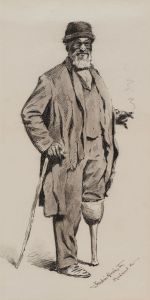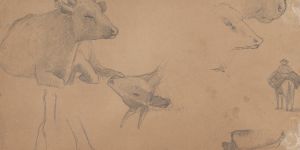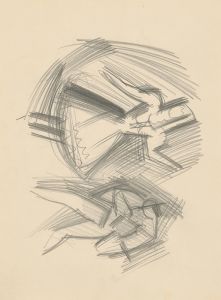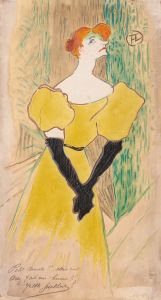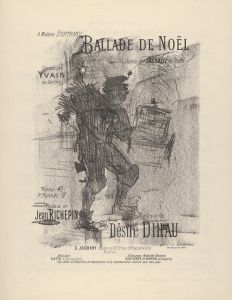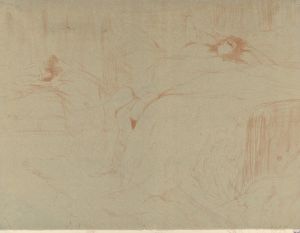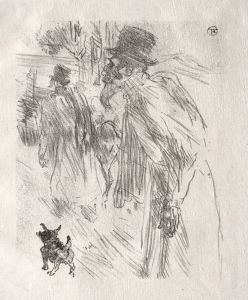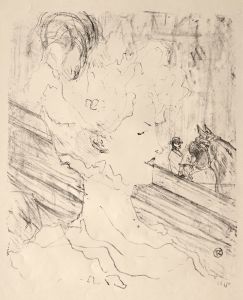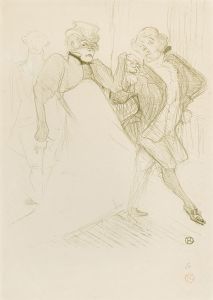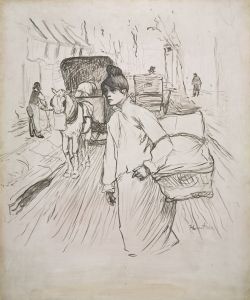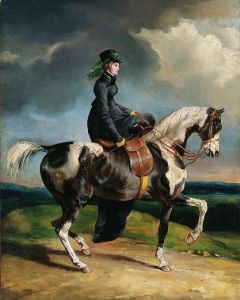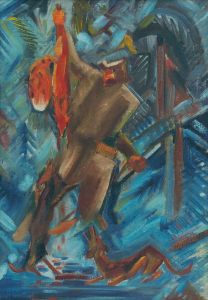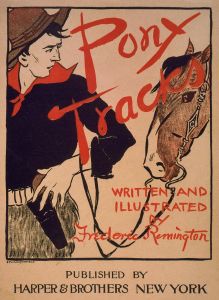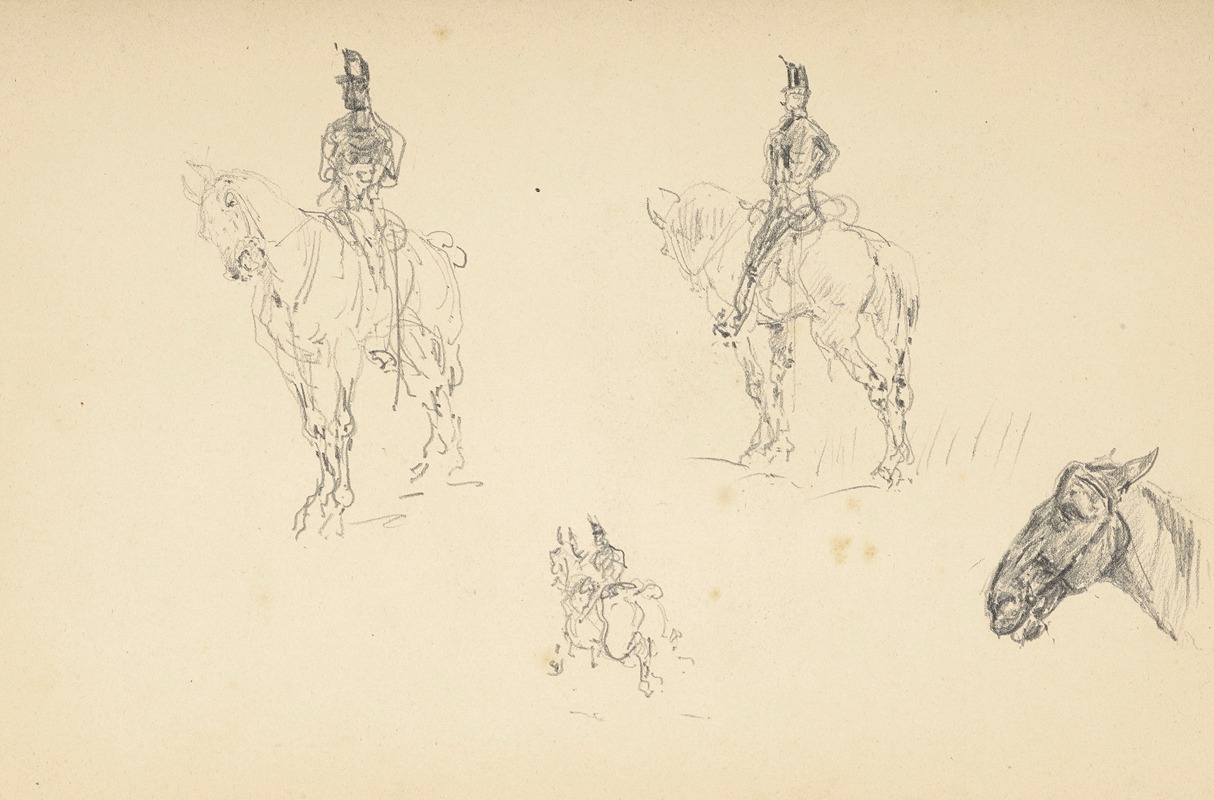
Étude de cavaliers et de chevaux
A hand-painted replica of Henri de Toulouse-Lautrec’s masterpiece Étude de cavaliers et de chevaux, meticulously crafted by professional artists to capture the true essence of the original. Each piece is created with museum-quality canvas and rare mineral pigments, carefully painted by experienced artists with delicate brushstrokes and rich, layered colors to perfectly recreate the texture of the original artwork. Unlike machine-printed reproductions, this hand-painted version brings the painting to life, infused with the artist’s emotions and skill in every stroke. Whether for personal collection or home decoration, it instantly elevates the artistic atmosphere of any space.
Henri de Toulouse-Lautrec, a prominent French painter, printmaker, draughtsman, and illustrator, created the artwork "Étude de cavaliers et de chevaux" (Study of Riders and Horses). Toulouse-Lautrec was born on November 24, 1864, in Albi, France, and is best known for his depictions of the bohemian lifestyle in Paris during the late 19th century, particularly in the Montmartre district.
"Étude de cavaliers et de chevaux" is a study that showcases Toulouse-Lautrec's keen interest in equestrian subjects, which can be traced back to his aristocratic heritage and his personal experiences with horses. His family was part of the French aristocracy, and he grew up surrounded by horses and riders, which influenced his artistic focus on equestrian themes.
The artwork is a testament to Toulouse-Lautrec's skill in capturing movement and form. It features detailed studies of horses and their riders, demonstrating his ability to portray the dynamic interaction between humans and animals. The piece is characterized by its fluid lines and expressive strokes, which convey a sense of motion and vitality. Toulouse-Lautrec's use of line and shading in this study highlights his mastery of drawing and his deep understanding of anatomy, both human and equine.
Toulouse-Lautrec's fascination with horses is evident in several of his works, and "Étude de cavaliers et de chevaux" is a prime example of this recurring theme. His ability to depict the grace and power of horses, as well as the skill and poise of their riders, reflects his dedication to capturing the essence of his subjects. This study is not only an exploration of form and movement but also a reflection of the artist's personal connection to the equestrian world.
Throughout his career, Toulouse-Lautrec produced numerous studies and finished works that featured horses and riders. These pieces often served as preparatory sketches for larger compositions or as standalone works that demonstrated his technical prowess. "Étude de cavaliers et de chevaux" is one such study that provides insight into his artistic process and his ability to convey the energy and elegance of equestrian subjects.
Toulouse-Lautrec's work, including "Étude de cavaliers et de chevaux," has been celebrated for its innovative approach and its contribution to the development of modern art. His unique style, characterized by bold lines, dynamic compositions, and a keen eye for detail, has left a lasting impact on the art world. Despite his relatively short life—he died at the age of 36 on September 9, 1901—Toulouse-Lautrec's legacy endures through his extensive body of work.
In summary, "Étude de cavaliers et de chevaux" by Henri de Toulouse-Lautrec is a significant study that exemplifies the artist's fascination with equestrian subjects and his exceptional skill in capturing movement and form. This artwork is a valuable part of Toulouse-Lautrec's oeuvre, reflecting his aristocratic background, his personal experiences, and his enduring influence on the art world.





